DALLAS – In the month following the Thanksgiving Holiday, PCCI’s COVID-19 Vulnerability Index (VI) has recorded values smashing the highest levels ever recorded for Dallas County. Specifically, ZIP codes 75211, 75243, and 75228 posted vulnerability index ratings of 157.96, 121.14 and 104.75, respectively, shattering the highest value of 100 previously recorded in July, which set the VI value benchmark.
 PCCI’s Vulnerability Index indicates that the increases are driven by high mobility levels (people leaving their homes) during Thanksgiving and an increase in confirmed cases. PCCI
PCCI’s Vulnerability Index indicates that the increases are driven by high mobility levels (people leaving their homes) during Thanksgiving and an increase in confirmed cases. PCCI
experts warn that if mobility during the Christmas and New Year’s holidays continues to be high, COVID-19 infection growth could continue at a hazardous rate.
“COVID-19 has been a challenge and, for many, a personal tragedy. The jump over the past month for many ZIP codes above the prior July peak underscores the risk it presents as many celebrate the holidays. The key to keep in mind over the next few months is to maintain patience and diligence as the community begins vaccinations – continue social distancing, wearing masks, diligent hand washing, and other recommendations of public health authorities,” said Thomas Roderick, PhD, Senior Director of Data and Applied Sciences at PCCI.
Launched in June, PCCI’s Vulnerability Index determines communities at risk by examining comorbidity rates, including chronic illnesses such as hypertension, cancer, diabetes and heart disease; areas with a high density of populations over the age of 65; and increased social deprivation such as lack of access to food, medicine, employment and transportation. These factors are combined with dynamic mobility rates and confirmed COVID-19 cases where a vulnerability index value is scaled relative to July 2020’s COVID-19 peak value.

The Vulnerability Index reports that in December, the ZIP code with the highest vulnerability value continued to be 75211, around Cockrell Hill. This area has been a high-risk area since the launch of PCCI’s Vulnerability Index ranking shot up 62.7 points from November to December.
The ZIP code 75243, East of U.S. Highway 75 and intersected by Interstate 635, has experienced a huge increase in its VI value, soaring 85.7 points, going from 35.4 in November to 121.14 in December, making this area the number two most at-risk ZIP code in Dallas County. Another ZIP Code breaking its VI benchmark from July was 75228. This area, in East Dallas bordered by Interstates 30 and 635 and intersected by Highway 12, saw its VI value grow from 74.33 in November to 104.75 in December, making it the third most at-risk region in Dallas County.
Also, ZIP Codes 75216 and 75150 also saw their VI value grow over 50 points, raising their values to 97.96 and 99.00 respectively.
The PCCI COVID-19 Vulnerability Index can be found on its COVID-19 Hub for Dallas County at: https://covid-analytics-pccinnovation.hub.arcgis.com/.
Data Sources:
To build Vulnerability Index, PCCI relied on data from Parkland Health & Hospital System, Dallas County Health and Human Services Department, the Dallas-Fort Worth Hospital Council, U.S. Census, and SafeGraph.
About Parkland Center for Clinical Innovation
Parkland Center for Clinical Innovation (PCCI) is an independent, not-for-profit, healthcare intelligence organization affiliated with Parkland Health & Hospital System. PCCI leverages clinical expertise, data science and Non Medical Drivers of Health to address the needs of vulnerable populations. We believe that data, done right, has the power to galvanize communities, inform leaders, and empower people.
###


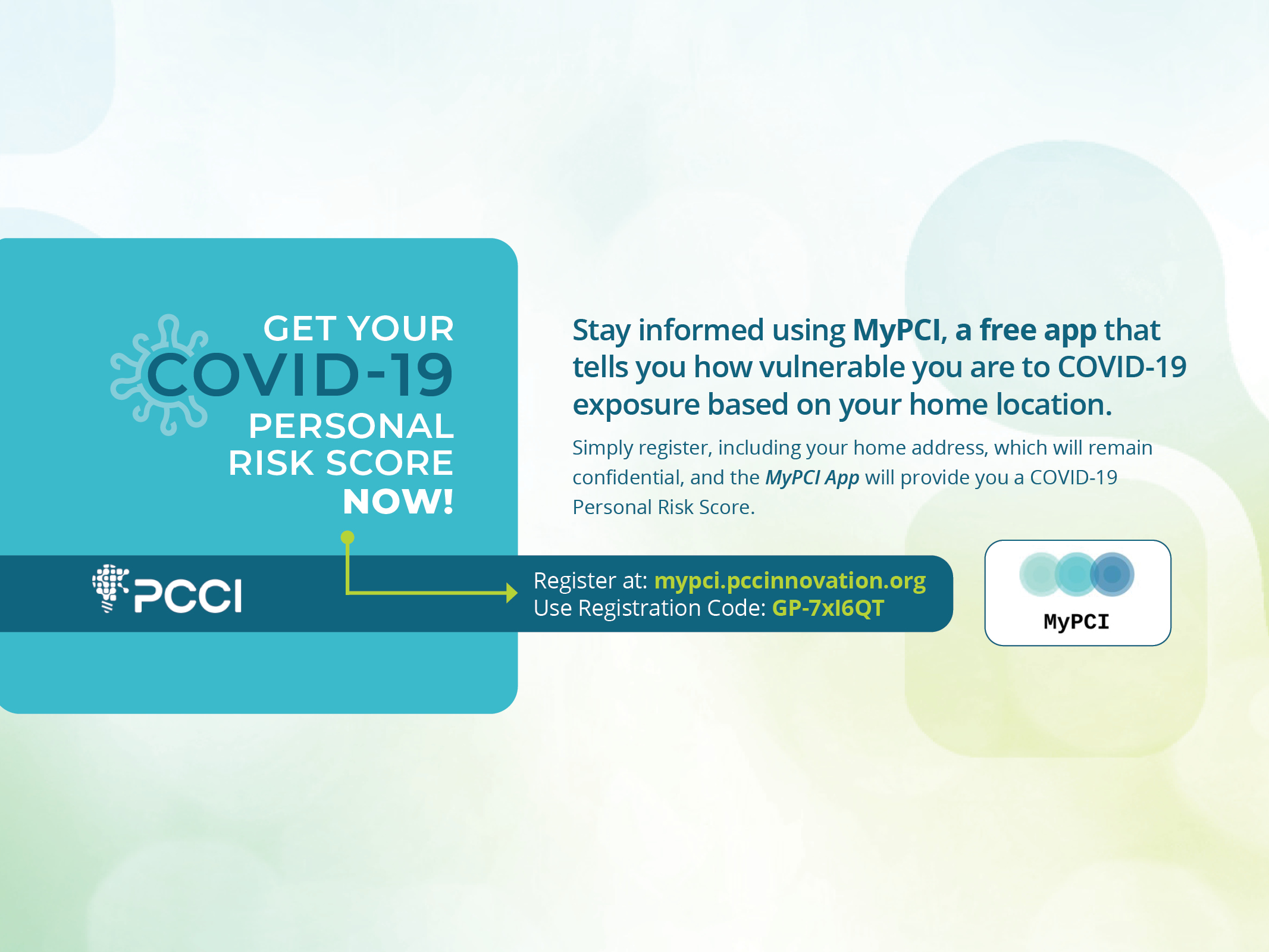
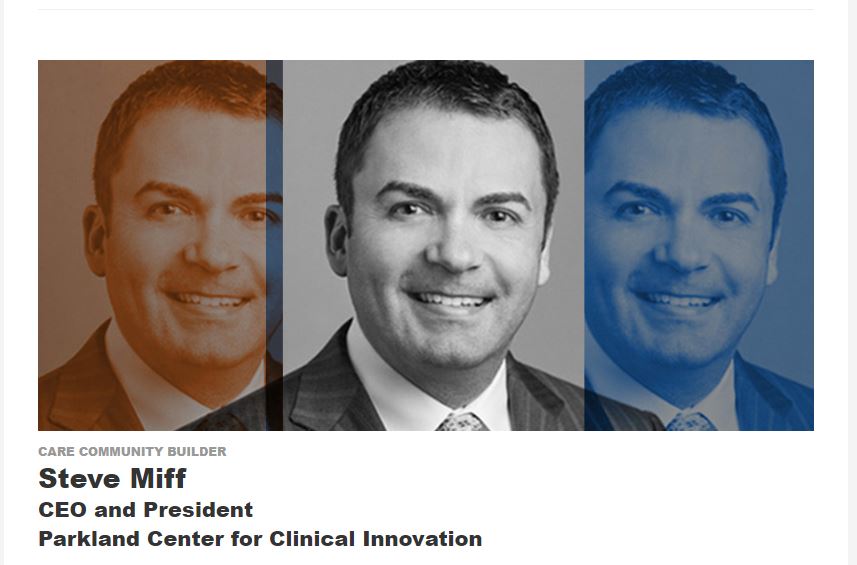



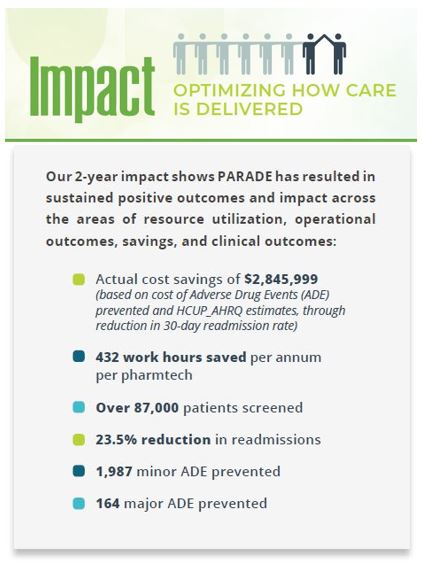



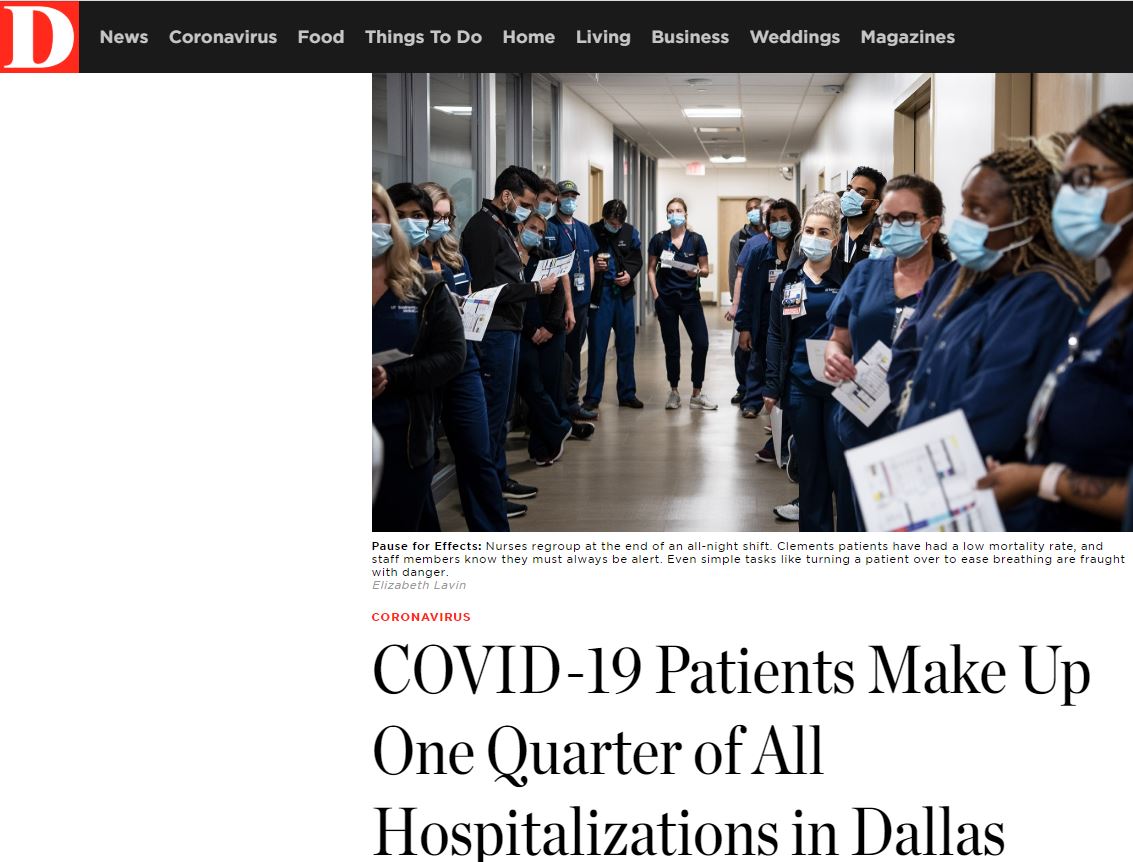

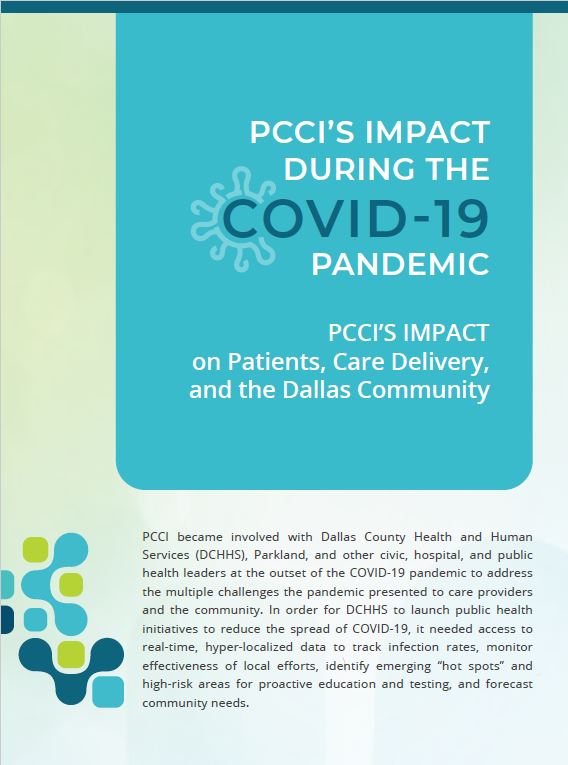

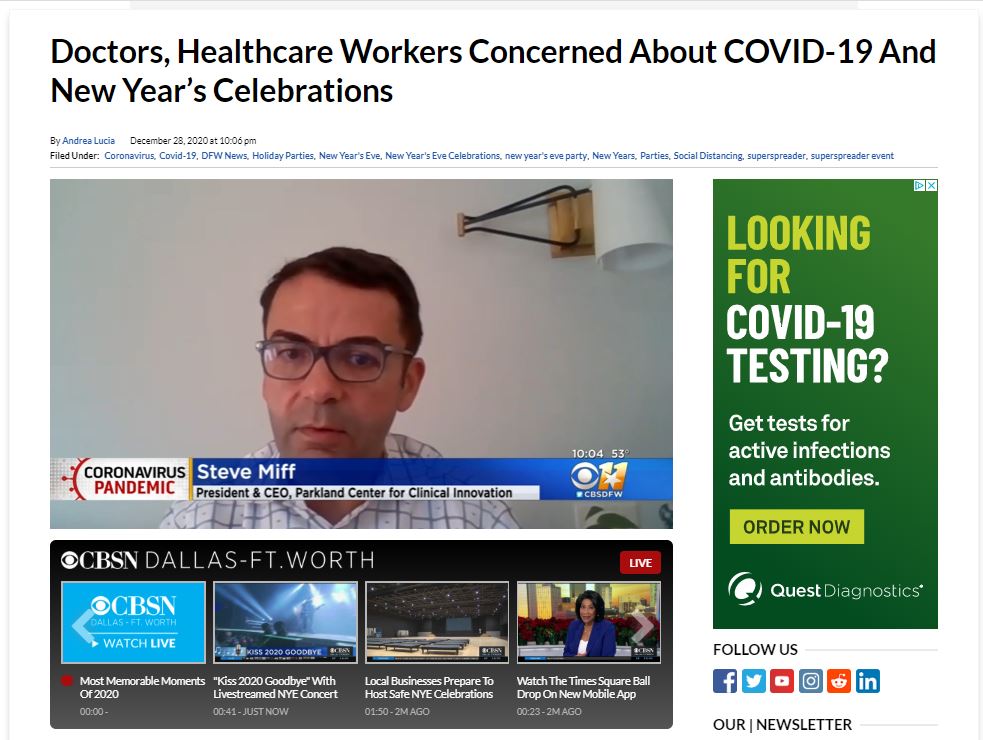

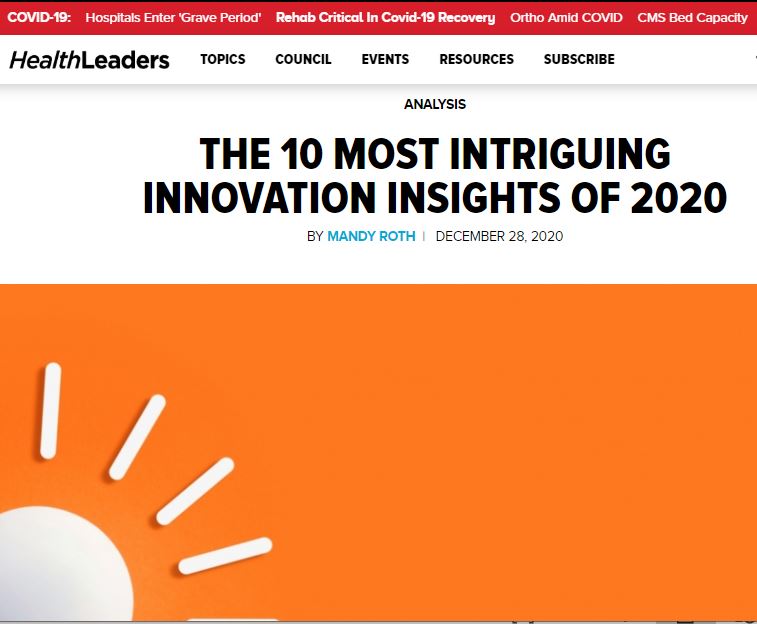

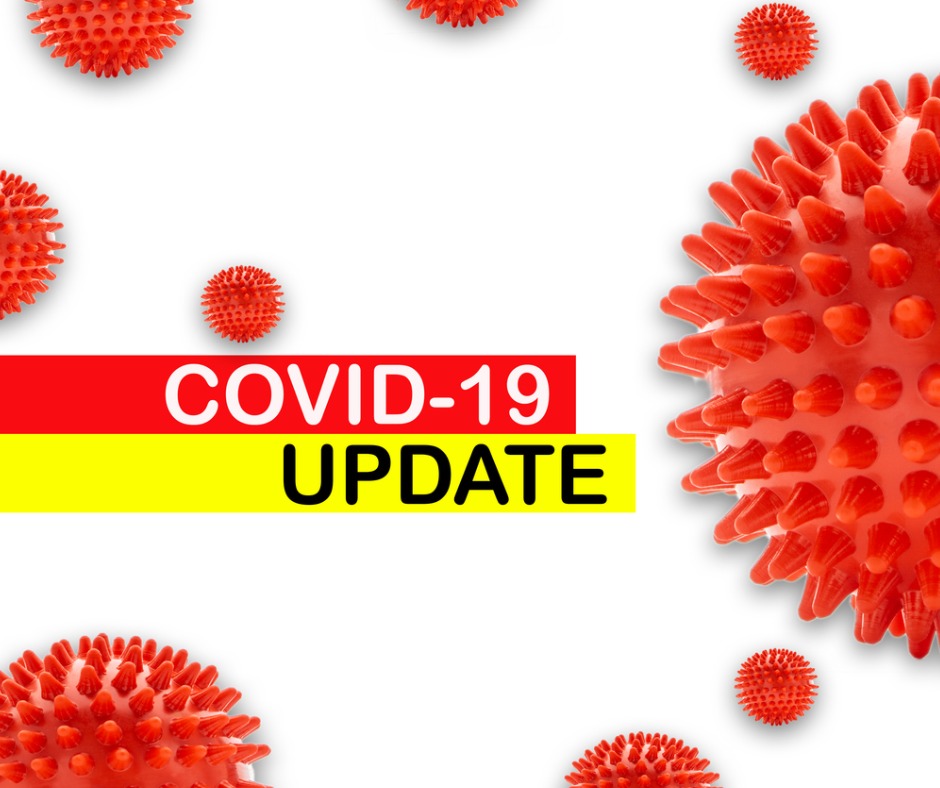
 PCCI’s Vulnerability Index indicates that the increases are driven by high mobility levels (people leaving their homes) during Thanksgiving and an increase in confirmed cases. PCCI
PCCI’s Vulnerability Index indicates that the increases are driven by high mobility levels (people leaving their homes) during Thanksgiving and an increase in confirmed cases. PCCI